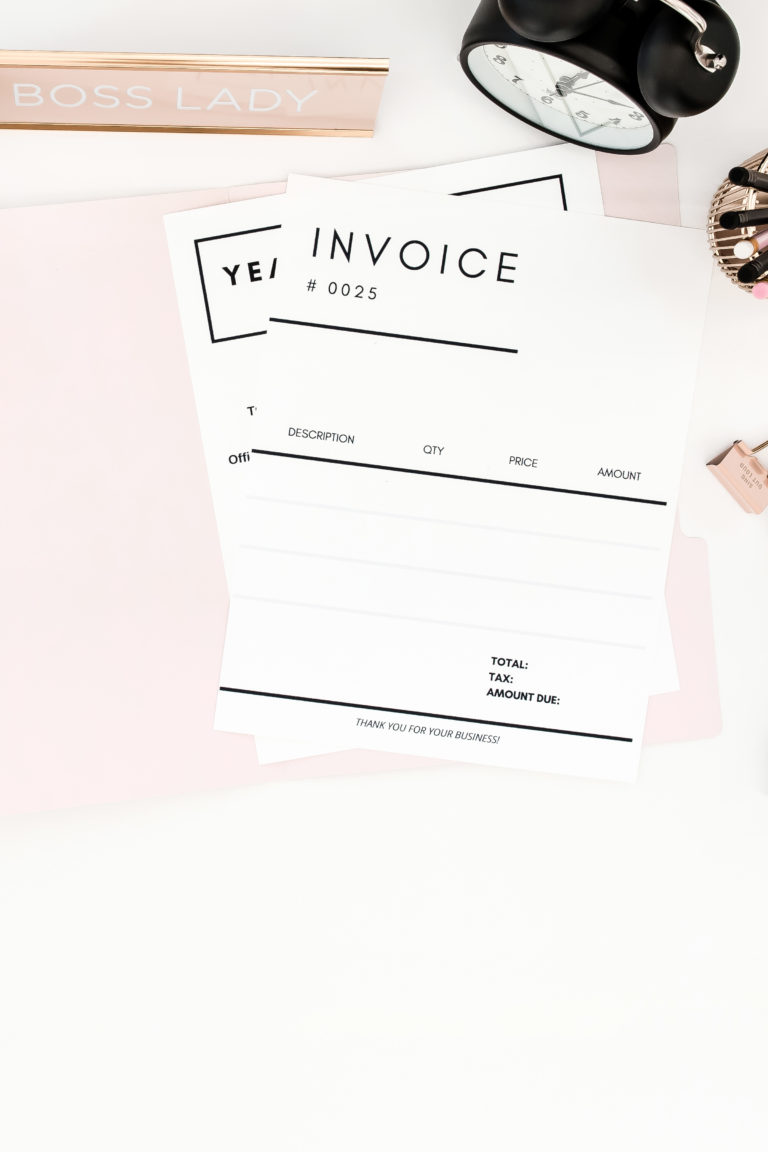BAS Forecasting Without a Crystal Ball
A Step-by-Step Guide for Small Business Owners
If you’re running a business and registered for GST, relying on manual calculations and guesswork makes your BAS a stressful process. Investing in accounting software removes the guesswork and simplifies managing your BAS (Business Activity Statement).
Now, for this blog, I’m presuming you’re already using accounting software for BAS, and for two good reasons. First, if you’re running a business, we highly recommend investing in software from the start, it’s a must for keeping your finances in order. Second, if you’re registered for GST, there’s no question – accounting software is essential for BAS Management, compliance and all the amazing benefits it comes with: accuracy, time saving, professionalism, streamlined processes and more!
Instead of predicting future sales with a complicated formula, you can forecast using real data, keeping your cash flow in check, and avoiding surprises. Thankfully, you don’t need a crystal ball to get it right. Here’s how to handle Small Business BAS Projections (or BAS Estimates as we call them) without unnecessary mental gymnastics.

1. Know Your BAS Components
Before diving into projections, it’s important to understand what your BAS covers:
- GST (Goods and Services Tax): Is a tax on goods or services provided.
- PAYG (Pay As You Go) Withholding: If you have employees, this covers the tax you withhold from their wages.
- PAYG Instalments: This is a prepayment of your income tax for the year.
- FBT (Fringe Benefits Tax): This applies if you provide benefits to employees beyond wages.
Understanding these components is the foundation of knowing what your numbers mean. But here’s the key, projections aren’t about guessing – they’re about staying on top of your current data.
You might also like to read Are You Making These 10 GST Mistakes?
2. Use Real Time Data for Accurate BAS Forecasting
BAS Forecasting isn’t about looking into the future and sticking your finger in the air, it’s about staying grounded and using real time data. This means keeping your books up to date regularly. If you’re not doing your own bookkeeping, your bookkeeper should be able to provide you with real time updates. So you’re always aware of your financial position.
Forecasting your BAS based on a ‘gut feel’ or last quarters figures isn’t reliable or accurate. Instead, pull your latest reports to know exactly where your business stands.
Want more insights on how accounting software can make this even easier? Checkout my podcast ep 8 Ways Accounting Software Saves you Time & Money.

3. Cross Check with Previous BAS
Reviewing past BAS statements can be useful, not for predicting future amounts, but as a cross check to see if your current numbers make sense. If there’s a significant variance from past figures, ask yourself if there’s a reason. Higher sales this quarter? Unexpected expenses? This step is about context, not the foundation for your projection. .
4. Run Real Time GST Reports
Instead of estimating your GST payable using arbitrary percentages, simply run a live report from your accounting software. This report will show you exactly what you owe, factoring in GST on Sales, and only the GST from expenses where it exists.
Don’t assume all expenses will have 10% GST credits applied, and make sure you don’t apply this across all your purchases when entering them, check to see if they have GST! Because not everything attracts GST, and guessing will leave you under prepared when it comes time to pay.
5. PAYG Withholding: Leverage Payroll Data
For businesses with employees, PAYG Withholding is an extra spot on your BAS. And because it’s a legal requirement for all payroll to go through software, real payroll data is your best tool here. Your payroll summary will show exactly what tax is being withheld as a total, and per employee. And if wages fluctuate (due to part timers, casuals or varying hours) this report will give you the accurate figures you need.
6. Save Some Money Each Month
Once you’ve reviewed your pulled reports, you can start setting aside money for your BAS. If you want to smooth out your cash flow, break down your BAS by running it each week (or month) and saving the amount it shows you.
But if you’re aiming for a rough estimate as a starting point, use the last BAS payment as a guide, but cross check against current activity statement reports each month to avoid under saving.

7. Keep It Simple (and Accurate)
Skip the unnecessary manual calculations and let your accounting software do the heavy lifting – it’s literally what it’s there for. If your bookkeeper or accountant takes care of the nitty gritty, make sure you’ve got your own access to jump in and take a peak when you need to, or your getting those regular updates.
If you do want a rough idea, use your last BAS statement as a ballpark figure, then adjust if you’re expecting higher sales, or larger expenses. But for the most accuracy, stick to the reports around your real data. Overcomplicating things, and double handling, only wastes time and increases stress.
8. Get Help from a Pro
If staying on top of your BAS feels overwhelming or time consuming, it’s worth hiring a qualified bookkeeper (BAS Agent). They’ll help you stay in the green, navigate your obligations and make sure your projections are as accurate as possible.
BAS forecasting with accounting software doesn’t have to be hard, even for creatives. By understanding what goes into your BAS, using current data, paired with some past BAS for a quick cross check (no crystal ball required!), you can keep track of your cash flow and avoid any nasty surprises.
Remember, accounting software isn’t only a convenience, it’s essential for the long term success of your business. It keeps your data updated, reduces stress, and ensures you’re always ready for BAS time. Keep your business healthy and informed, using the right tools.
You might also like to read Financial Forecasting For Creatives.
Want to save even more using your accounting software? Grab my free Xero Money Saver guide, packed with tips and tricks to help you maximise Xero’s features and save money in the process.







